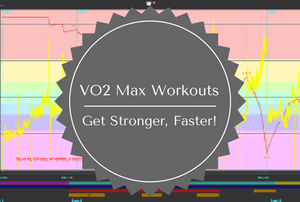
Most training plans put an emphasis on higher intensity training as the season progresses. After building a solid functional base of fitness, you need to challenge your body in different ways to stimulate adaptations. These two VO2 max workouts aim to challenge your body well beyond your comfort zone in less than an hour each, leading to big adaptations and big changes in your fitness and speed on the bike.
Why VO2 Max Workouts?
As I discussed in podcast 66, raising the ceiling on your fitness is important to ensure continued growth and improvement in your cycling fitness. VO2 max workouts are the perfect way to push your body beyond its comfort zone and force it to adapt and improve. Here's an analogy for you: if you put a plan in a room with a 3-foot ceiling, once it grows into the ceiling it begins to spread out to the sides. It never gets taller. If you raise the ceiling to 10 feet, the plant has a lot more room to grow before it begins to spread out.
Your fitness is like that plant: if you never raise the ceiling, you'll never be able to grow. That's why these VO2 max workouts are so effective at improving your body's ability to perform and raising your fitness level: they force you to train where it hurts and push your limits. Many cyclists don't like to push beyond their limits or train “where it hurts” so they leave those big breakthrough fitness gains out on the road. By using the two VO2 max workouts included at the end of this article, you'll realize bigger fitness gains and more performance in under an hour per workout.
Click through the jump for two free VO2 max workouts, an explanation of why they work so well and a downloadable cheat sheet to follow when you're on the trainer!
Continue reading “VO2 Max Workouts”
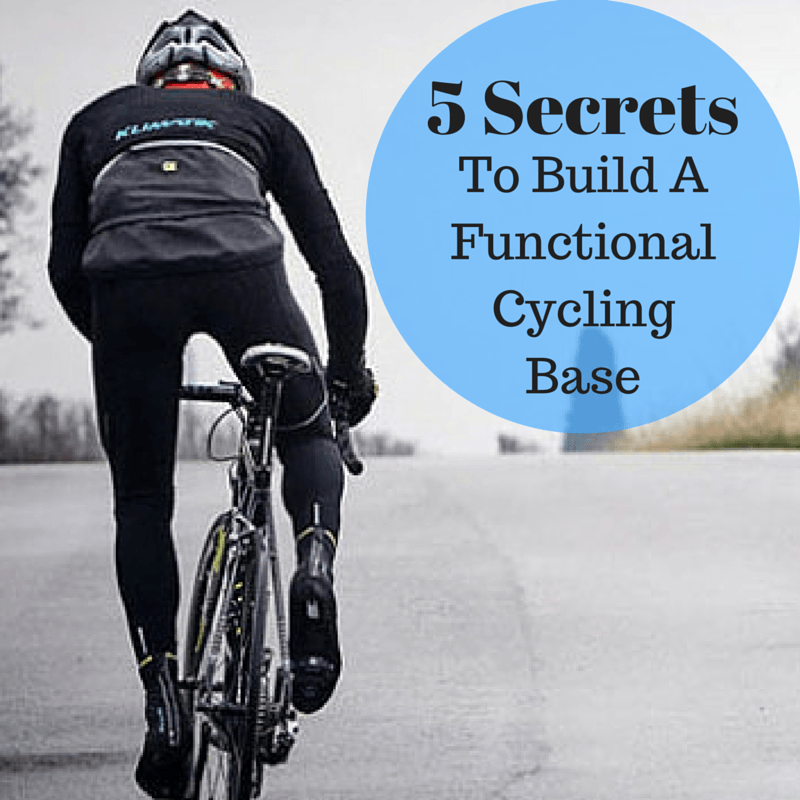
The base building phase is more than just long miles and zone 2 efforts in the cold (if you want to know why check out my podcast on why cyclists don't need traditional base training.) To properly set yourself up for success next year, you'll want to put together a complete functional cycling base of fitness that you can build upon and carry through the entire cycling season.
True functional cycling base fitness prepares your body for harder efforts later in the year. It is vital to a long, prosperous riding season. Here's an example: If you think of your fitness like a house with a weak foundation, you know it won't last for years upon years. Without that solid functional foundation, your performance fitness will crumble over the course of the season no matter how much you try to train.
Click through for my 5 secrets of building a functional cycling base, share them with your friends and teammates and get on your way to your strongest season ever. And since not everyone is comfortable with planning their own training, you can scroll down for a discount code that will make it even more affordable to follow one of my downloadable training plans.
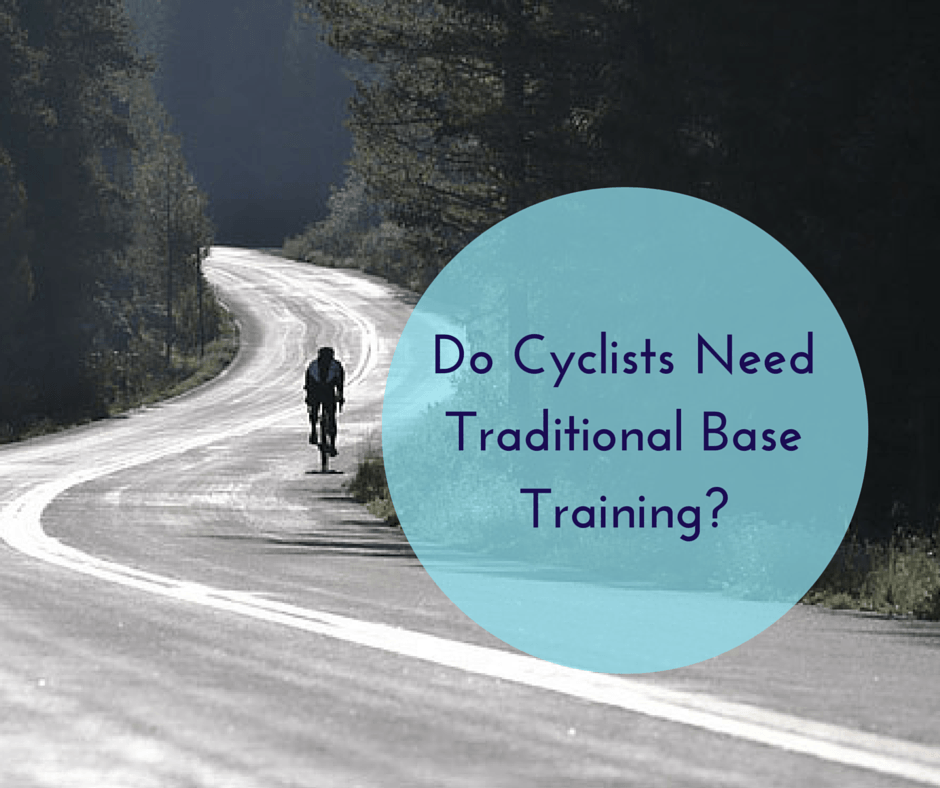
During the winter months, many cyclists take on a steady diet of traditional base training: long, slow zone 2 or “aerobic” training rides. For years, this has been the gospel for cyclists of all types, from the pros down to the greenest cat 5 racers, from endurance riders to crit racers to gran fondo riders. The question is, with all the science coming out touting the benefits of high-intensity interval training, are those long base miles the key to season-long success or are they doing more harm than good?
In today's podcast, I'll explore the concept of traditional base training, how it's supposed to be done, who needs that traditional base training and who doesn't need it. I'll also give you a way to compromise on your traditional base training which can help you maintain your high-end fitness throughout your base period and leave you stronger and fresher during the season.
Click through for the show notes and remember that the sponsor for this episode of the Tailwind Coaching Podcast is Stages Cycling. Check out their power meters and help support the show!
Continue reading “Why Cyclists Don't Need Traditional Base Training”
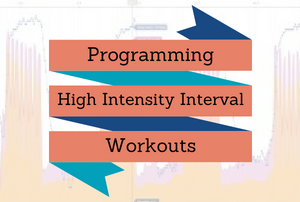
Last time on the Tailwind Coaching Podcast, I talked about the science behind high intensity interval training. In the end of that podcast, I said that I'd be back to talk about how to program high intensity interval training into your schedule and avoid some of the pitfalls that typically plague the HIT protocol. I also said I'd give you a few different kinds of workouts to try adding to your training sessions. You'll find those at the end of these show notes; all you have to do is share this podcast with your friends or get yourself signed on to the Tailwind Coaching Newsletter to download them.
So listen to the podcast, check out the show notes below, share with your friends and learn how to put more HIT into your riding!
As a reminder, the sponsor for this episode of the Tailwind Coaching Podcast is Stages Cycling. Check out their power meters and help support the show!
Continue reading “High Intensity Interval Training Part 2 – Programming Workouts”
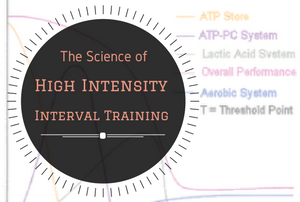
For a long time it's been said that the ticket to aerobic fitness is lots of riding at moderate paces. High intensity interval training was only for racers or competitive cyclists preparing for a hard event. The problem with that concept is that most cyclists have jobs, families and other commitments that prevent them from spending 25 hours per week training. They want to be fast, but they don't have the time to train to be fast. There has to be some way to boost fitness in less time.
High intensity interval training is the answer to that question.
What exactly is high intensity interval training? Why does it work so well? How does it help to build fitness so quickly? In this episode of the Tailwind Coaching podcast I'll cover the science behind high intensity interval training and explain how it can help you boost your fitness in a fraction of the time you might usually spend.
Click through for the podcast show notes and more:
This podcast is brought to you by Stages Cycling, creators of the Stages Power Meter. Check them out and help support the show!
Continue reading “High Intensity Interval Training Part 1 – The Science”




